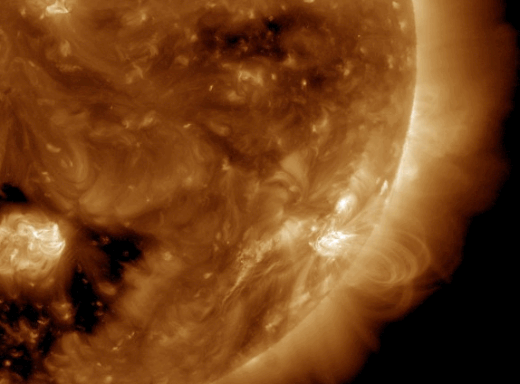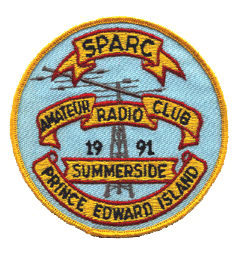SFI = 119
A index = 5
K index = 1
SSN = 88
GEOMAGNETIC STORM WATCH: Minor G1-class geomagnetic storms are possible on Aug. 29th when a high-speed stream of solar wind is expected to hit Earth. The gaseous material is flowing from a southern hole in the sun’s atmosphere. There is also a 50-50 chance that a partial halo CME will strike on Aug. 29th; “50-50” because forecasters aren’t sure if it’s a farside or a nearside CME. Its coin-flip arrival would further boost the odds of a storm.
THE EXPLOSIONS CONTINUE: For the second day in a row, the sun is crackling with M-class solar flares. The strongest today, so far, is an M4-class flare from “perpendicular sunspot” AR3088. The blast sent a towering shock wave through the sun’s atmosphere, recorded by NASA’s Solar Dynamics Observatory:

Debris from the explosion might be heading for Earth. Weekend images from the Solar and Heliospheric Observatory (SOHO) will reveal the trajectory of any emerging CME. Stay tuned for updates as the explosions continue.

M-class solar flares. Credit: SDO/HMI
NOAA Alerts
Space Weather Message Code: WATA20
Serial Number: 915
Issue Time: 2022 Aug 27 0912 UTC
WATCH: Geomagnetic Storm Category G1 Predicted
Highest Storm Level Predicted by Day:
Aug 27: None (Below G1) Aug 28: G1 (Minor) Aug 29: G1 (Minor)
THIS SUPERSEDES ANY/ALL PRIOR WATCHES IN EFFECT
NOAA Space Weather Scale descriptions can be found at
www.swpc.noaa.gov/noaa-scales-explanation
Potential Impacts: Area of impact primarily poleward of 60 degrees Geomagnetic Latitude.
Induced Currents – Weak power grid fluctuations can occur.
Spacecraft – Minor impact on satellite operations possible.
Aurora – Aurora may be visible at high latitudes, i.e., northern tier of the U.S. such as northern Michigan and Maine.
